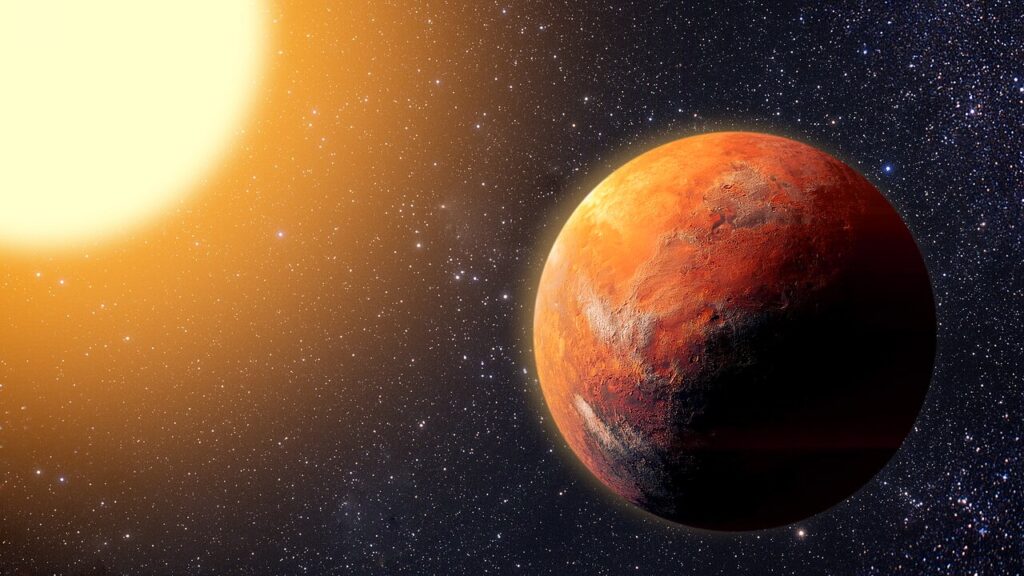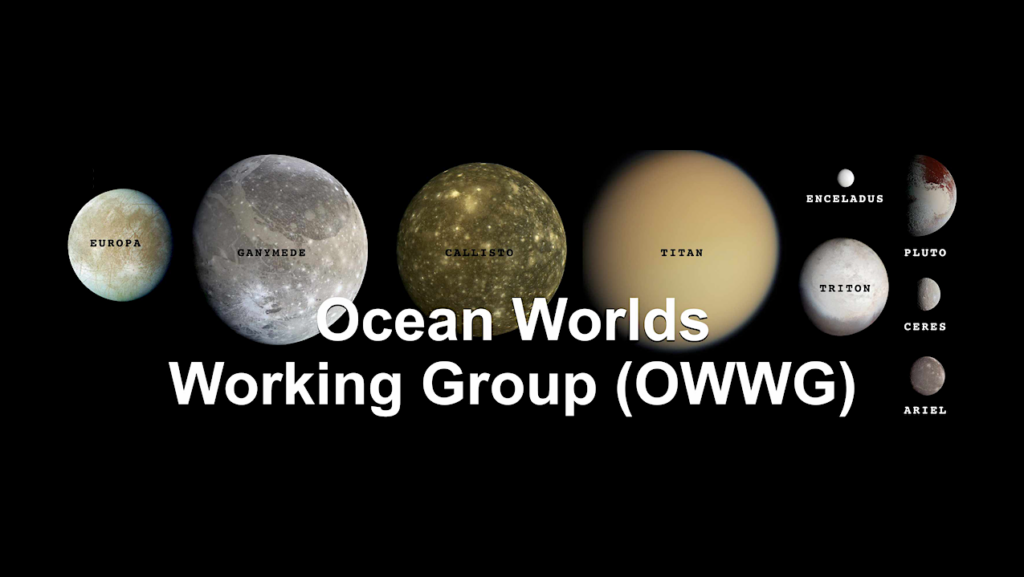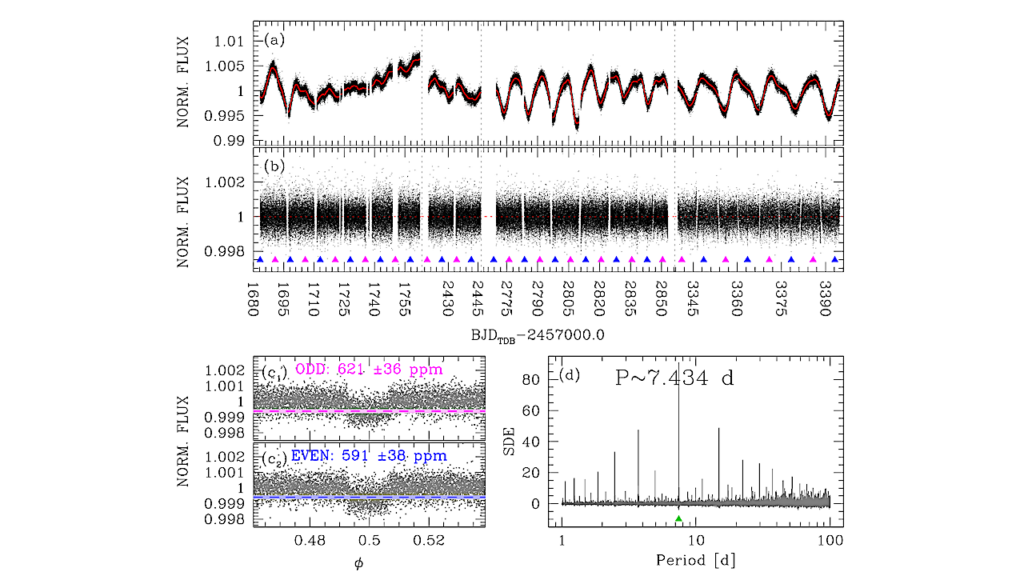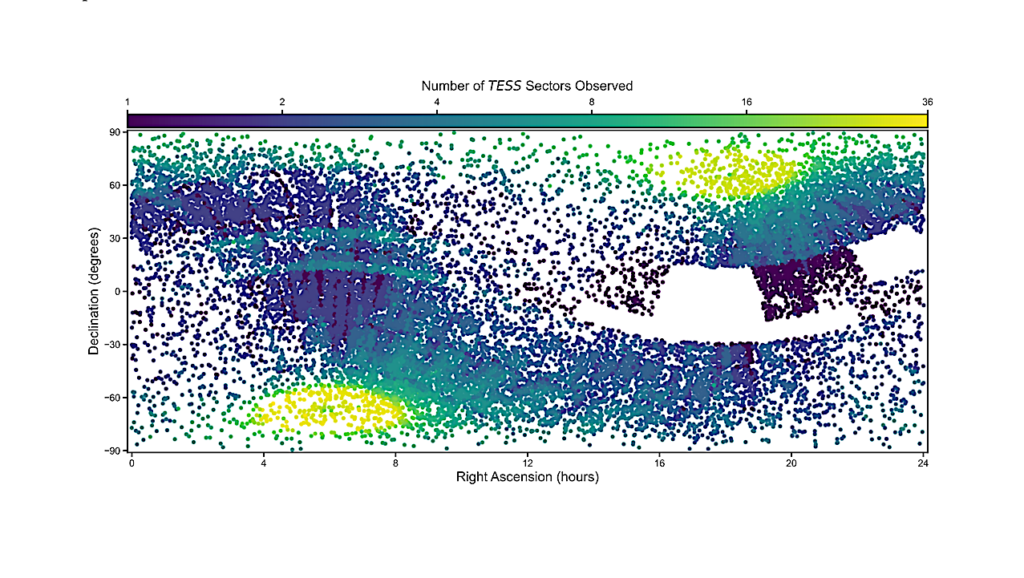Quantitative Estimates of the Surface Habitability of Kepler-452b
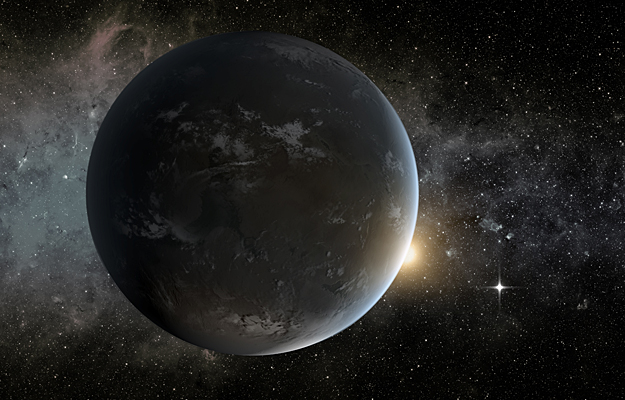
Kepler-452b is currently the best example of an Earth-size planet in the habitable zone of a sun-like star, a type of planet whose number of detections is expected to increase in the future.
Searching for biosignatures in the supposedly thin atmospheres of these planets is a challenging goal that requires a careful selection of the targets. Under the assumption of a rocky-dominated nature for Kepler-452b, we considered it as a test case to calculate a temperature-dependent habitability index, h050, designed to maximize the potential presence of biosignature-producing activity (Silva et al.\ 2016).
The surface temperature has been computed for a broad range of climate factors using a climate model designed for terrestrial-type exoplanets (Vladilo et al.\ 2015). After fixing the planetary data according to the experimental results (Jenkins et al.\ 2015), we changed the surface gravity, CO2 abundance, surface pressure, orbital eccentricity, rotation period, axis obliquity and ocean fraction within the range of validity of our model.
For most choices of parameters we find habitable solutions with h050>0.2 only for CO2 partial pressure pCO2≲0.04\,bar. At this limiting value of CO2 abundance the planet is still habitable if the total pressure is p≲2\,bar. In all cases the habitability drops for eccentricity e≳0.3. Changes of rotation period and obliquity affect the habitability through their impact on the equator-pole temperature difference rather than on the mean global temperature. We calculated the variation of h050 resulting from the luminosity evolution of the host star for a wide range of input parameters. Only a small combination of parameters yield habitability-weighted lifetimes ≳2\,Gyr, sufficiently long to develop atmospheric biosignatures still detectable at the present time.
Laura Silva (1), Giovanni Vladilo (1), Giuseppe Murante (1), Antonello Provenzale (2), ((1) INAF-OATs, Trieste, Italy, (2) IGG-CNR, Pisa, Italy)
(Submitted on 5 Jun 2017)
Comments: 15 pages, 6 figures, MNRAS accepted
Subjects: Earth and Planetary Astrophysics (astro-ph.EP)
Cite as: arXiv:1706.01224 [astro-ph.EP] (or arXiv:1706.01224v1 [astro-ph.EP] for this version)
Submission history
From: Laura Silva
[v1] Mon, 5 Jun 2017 07:36:03 GMT (93kb,D)
https://arxiv.org/abs/1706.01224


